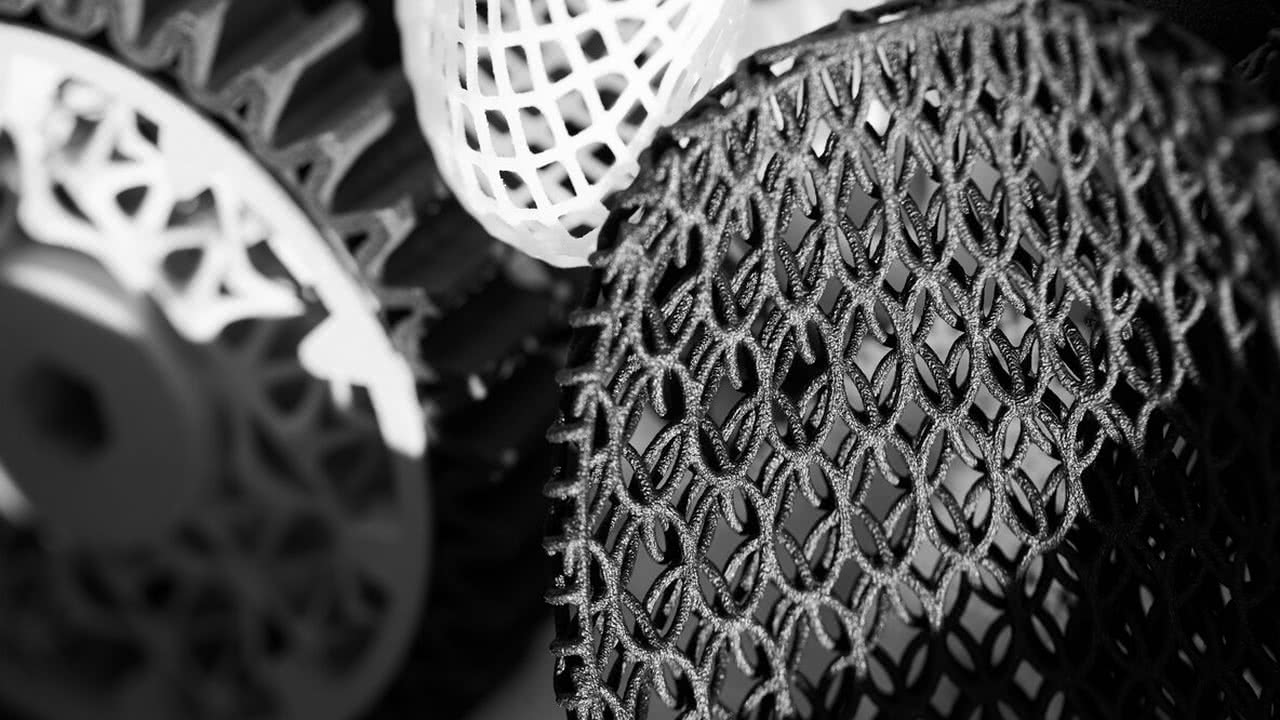In the realm of technology and manufacturing, 3D printing has emerged as a revolutionary tool. It has the potential to transform various industries, from healthcare to automotive, by providing a faster, more flexible, and cost-effective method of producing prototypes, parts, and products. However, despite its numerous advantages, one question that often arises is, Why is 3D printing so expensive? This article aims to delve into the factors contributing to the high cost of 3D printing.
- High-Quality Materials: The cost of the materials used in 3D printing can significantly impact the overall price. High-quality materials, such as polylactic acid (PLA), acrylonitrile butadiene styrene (ABS), and specialty materials like carbon fiber or metal-infused filaments, are expensive. Furthermore, the cost increases when using materials suitable for industrial-grade 3D printers.
- Advanced Technology: 3D printers are complex machines that incorporate advanced technology. The cost of research and development, coupled with the expense of the components such as stepper motors, extruders, heating elements, and control systems, contribute to the high price of 3D printers.
- Precision and Accuracy: The high degree of precision and accuracy required in 3D printing also contributes to its cost. The process demands intricate detailing and high resolution, which requires sophisticated software and hardware.
- Post-Processing: Post-processing steps such as support removal, surface finishing, and curing often require additional time, materials, and equipment, adding to the overall cost of 3D printing.
- Skilled Labor: Operating a 3D printer requires a certain level of expertise. The need for skilled labor to manage the printing process, from design to post-processing, is another factor that drives up the cost.
- Economies of Scale: Traditional manufacturing methods are often cheaper for large-scale production due to economies of scale. In contrast, 3D printing is more cost-effective for small-scale, custom, or complex designs. However, as the technology advances and becomes more widespread, it's expected that the cost of 3D printing will decrease.
- Intellectual Property Rights: The cost of licensing designs or patented technology can also add to the expense of 3D printing. This is particularly relevant in industries such as aerospace and healthcare, where designs are often proprietary.
In conclusion, while the initial cost of 3D printing may seem high, it's important to consider the long-term benefits. The ability to produce custom, complex designs quickly and efficiently can lead to significant cost savings over time. Furthermore, as the technology continues to evolve and become more mainstream, it's likely that the cost of 3D printing will become more accessible in the future.

